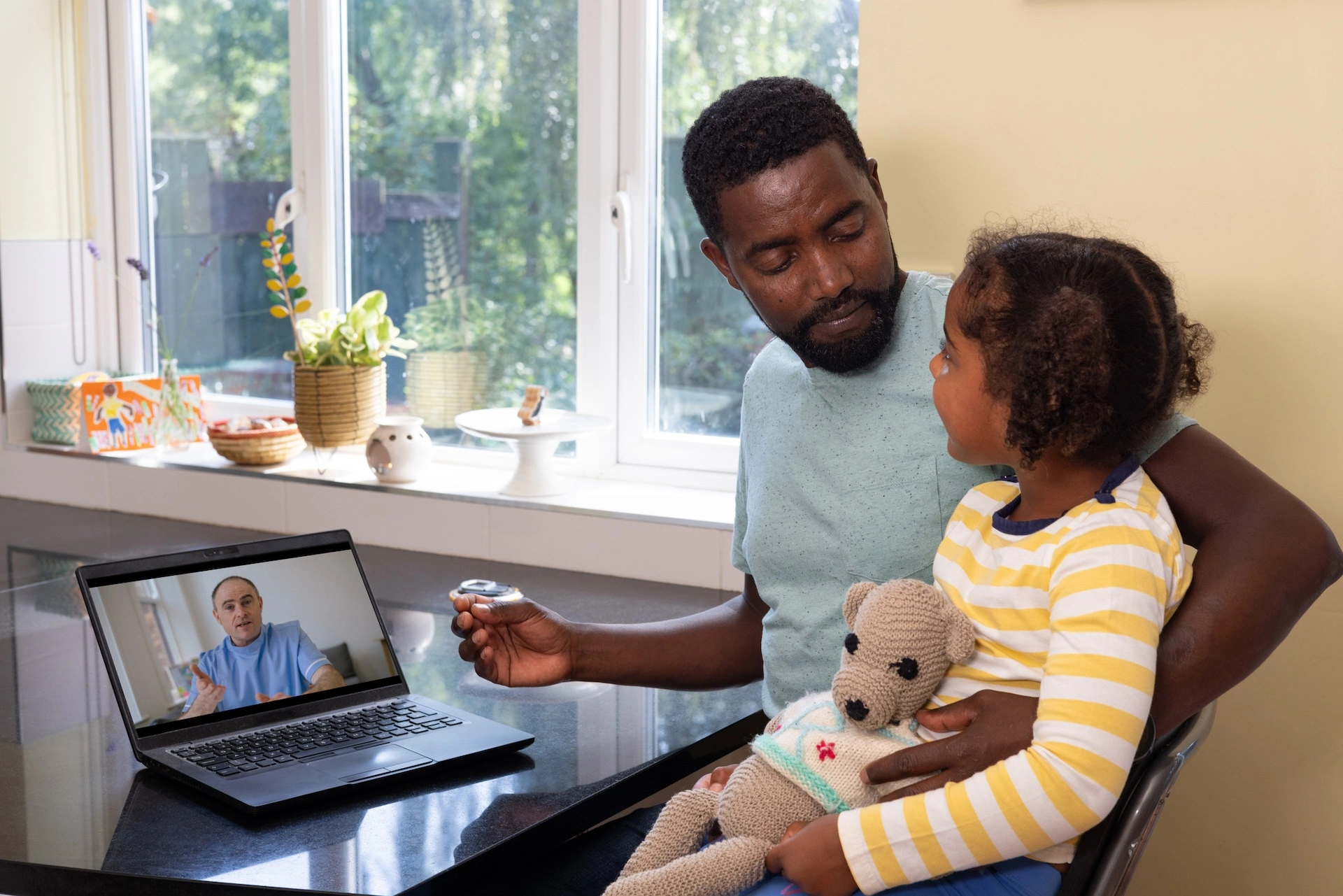Kaiser Permanente study finds clinical breast exam was the method least likely to identify second cancers
Women who were diagnosed with a second breast cancer after completing treatment for ductal carcinoma in situ (DCIS) were more likely to have the cancer found on a mammogram or to find it themselves than they were to have the cancer found by a health care provider during a clinical breast exam, new Kaiser Permanente research found.

“As a breast oncologist, I’ve done thousands of breast exams on women who have been treated for DCIS, and have often wondered if they are useful to find a recurrence,” said senior author Raymond Liu, MD, an adjunct investigator with the Kaiser Permanente Northern California Division of Research and an oncologist with The Permanente Medical Group. “I was concerned that guidelines were driving care without evidence, and now with this study we have evidence that can help our patients.”
DCIS is a non-invasive, or stage 0, breast cancer; it rarely causes a lump and is typically diagnosed on a mammogram. The term “in situ” means the cancer cells are inside the breast duct but have not spread into — or invaded — the surrounding breast tissue, which is the hallmark of an invasive breast tumor.
The study, published in JNCCN—Journal of the National Comprehensive Cancer Network, included 1,550 women who had been treated for DCIS between 2008 and 2011 at Kaiser Permanente Northern California. After reviewing the patients’ medical records, the researchers identified 179 women who had had a second breast cancer diagnosis within 10 years of their DCIS diagnosis. They found that 133 of the second breast cancers were found on an imaging test, such as mammography; 36 were found by the patient; 4 were found by a physician during a clinical exam; and 6 were detected incidentally on a procedure unrelated to the patient’s cancer care.

“I was not surprised that mammography found most of the second cancers,” said first author Bethany T. Waites, MD, who conducted the research as a resident with Kaiser Permanente Northern California. “However, I was surprised that so few of the second cancers were detected on physical exam performed by a health care provider. I think our finding that a significant portion of cancers were patient-detected can empower patients and highlights the importance of breast self-awareness.”
In most cases, DCIS is treated with surgery followed by radiation and endocrine therapy. Studies have found that about 1 in 5 women will be diagnosed with a second breast cancer within 10 years of being treated for DCIS. In the current study, among the 179 women who had a second breast cancer diagnosis, 110 had an invasive breast cancer, 65 had a second DCIS, and 4 had Paget’s disease, a rare type of early-stage breast cancer that starts in the skin of the nipple.
I was concerned that guidelines were driving care without evidence, and now with this study we have evidence that can help our patients.
— Raymond Liu, MD
Guidelines developed by the National Comprehensive Cancer Network recommend that women who have been treated for DCIS have an annual breast imaging exam and a clinical exam every 6-12 months for 5 years, and then annually. The researchers said they were interested in conducting this study because learning which method identified the most second cancers could help guide surveillance recommendations for women who have been treated for DCIS.

“We are not saying physicians should not do clinical exams,” said co-author Laurel Habel, PhD, a research scientist at the Division of Research. “But what we found is that mammography was how most of the second breast cancers were picked up, and only 2% of second breast cancers were found by clinicians on an exam. This suggests that mammograms should be prioritized but that they will not identify all second cancers.”
Added Liu, “I think our findings raise the question of how we can best use the time we have with our patients. It may be that discussing psychosocial concerns, nutrition, fertility, or adherence to endocrine therapy — all of which are important to survivors — is a better use of our time. Our findings also suggest we should be advising our patients about what they can do on their own and why their mammogram is so important. I think that information can be empowering for survivors.”
The study was funded by the Kaiser Permanente Northern California Graduate Medical Education program.
Co-authors include Gillian Kuehner, MD, and Patience Odele, MD, of The Permanente Medical Group.
# # #
About the Kaiser Permanente Division of Research
The Kaiser Permanente Division of Research conducts, publishes and disseminates epidemiologic and health services research to improve the health and medical care of Kaiser Permanente members and society at large. It seeks to understand the determinants of illness and well-being, and to improve the quality and cost-effectiveness of health care. Currently, DOR’s 600-plus staff is working on more than 450 epidemiological and health services research projects. For more information, visit divisionofresearch.kaiserpermanente.org or follow us @KPDOR.





Comments (0)